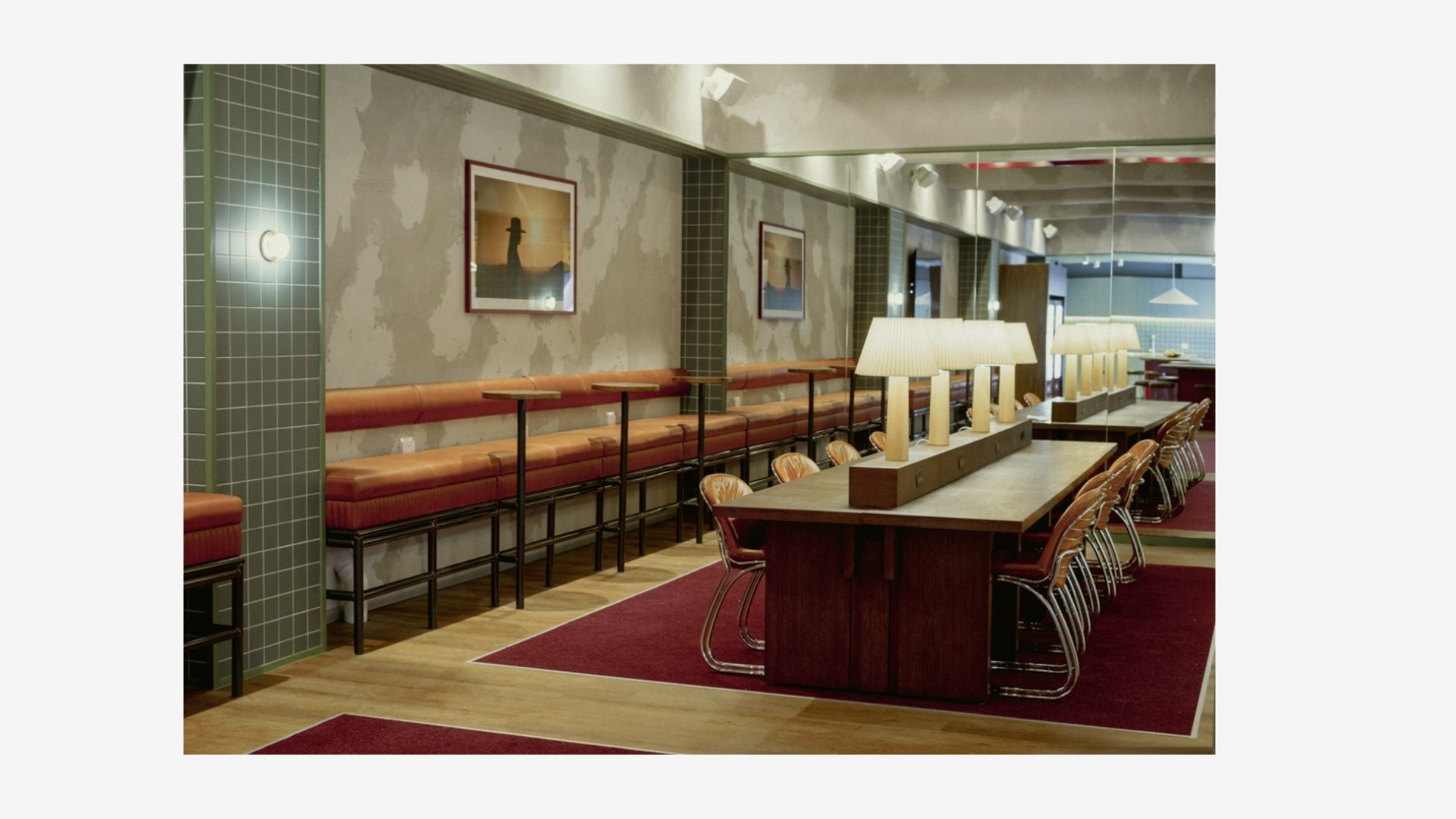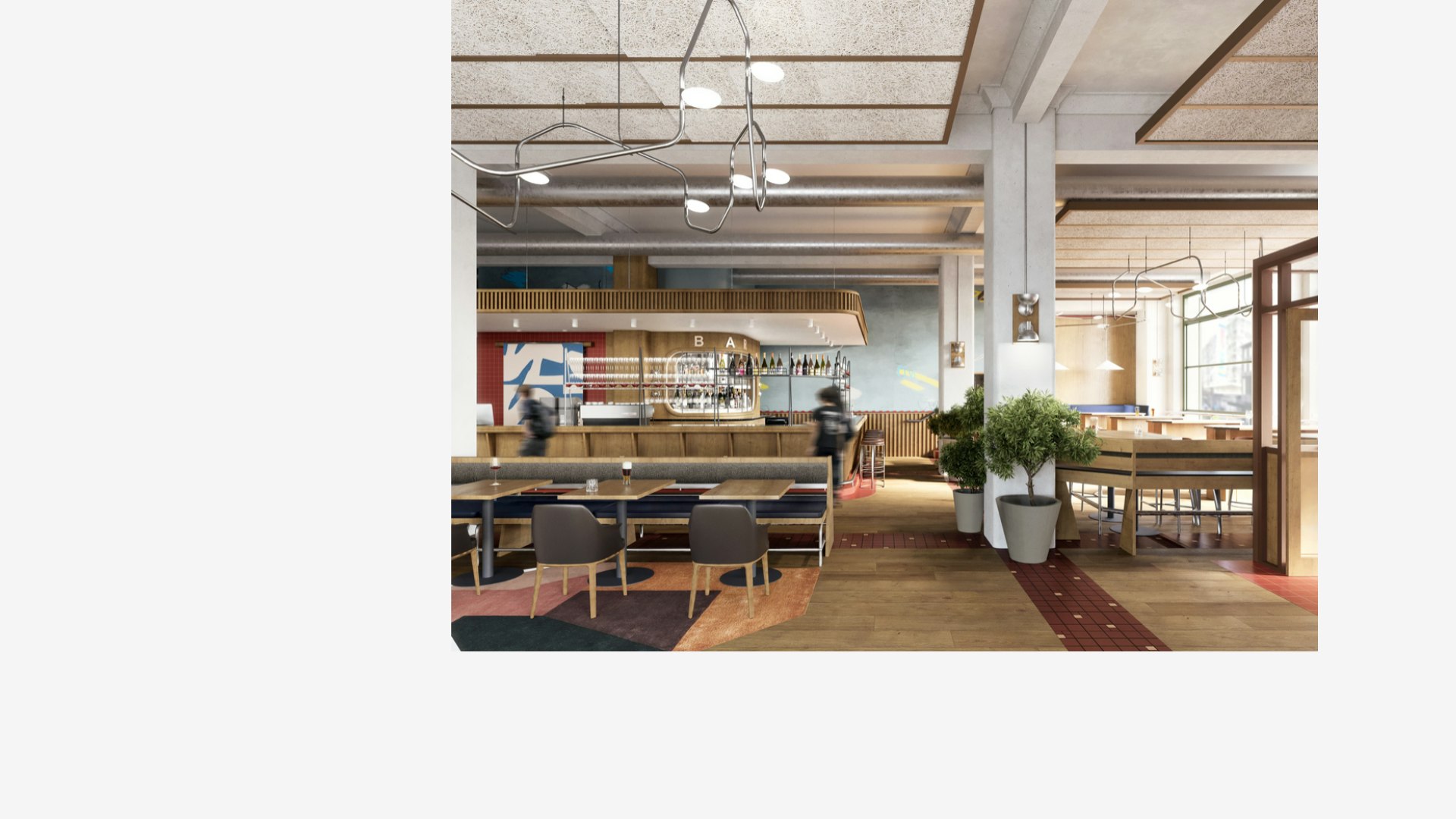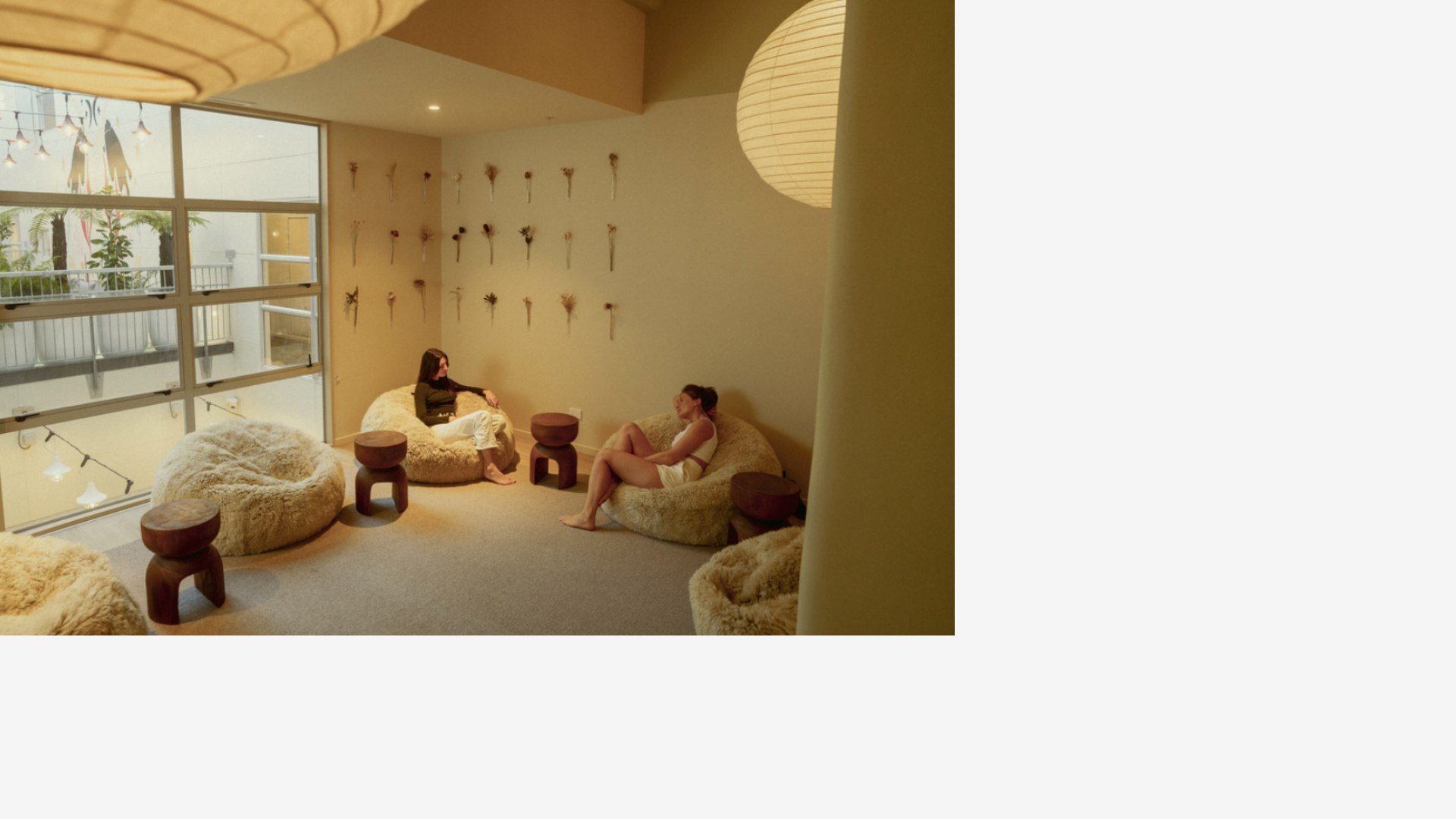Our work in the design space is, and always will be, informed and inspired by the nature of humans and human interaction. We don’t just design a space for design sake.
The process becomes a rich tapestry woven from our learnings and experience of what makes people tick, and what makes people stick. Our clients want to deliver to the needs of their guests, clients, customers and employees. They want them to have a positive experience with their business and brand, and they want them to keep coming back.
When we see trends in other parts of life we can apply them to our design thinking to stay in tune with the evolving needs and wants of society. We’ve seen this in the rethink of work life balance that has been emerging for the last decade and was fast tracked by the pandemic.
Work and play were previously seen as two separate parts of life, uncomplimentary to each other. But now this is antiquated thinking and rather than work-life balance, two opposing sides of a coin, we’re talking work-life blend and a phenomenon that has been coined Bleisure.
Bleisure, the literal merging of business and leisure, is the act of business and leisure activity being conducted in an almost symbiotic way, and we are adopting it to a degree not seen before. It is both a cause and a symptom of the rise in practices like flexible working hours and working from home. It's supported by global connectivity and technological accessibility, and it's here to stay.
In terms of Bleisure Travel, in 2023 the value of the global bleisure tourism market was estimated to be USD 594 billion and 83 percent of business travellers report that they’ve taken a bleisure trip in the past year. So, whilst historically most hotels will have offered token business facilities and meeting rooms now there is a need to redefine hotel design to support this new way that we are travelling and living.
Gone, for most, are the days of the two-week holiday with the laptop left behind and the phone switched off. Now we want to be able to check that everything is ok “at the office” so we can then enjoy some time by the pool; to know that we have super-fast WIFI available, so we can join an online meeting before dinner in the hotel restaurant with the family.
Design briefs for hotels are not only including the essentials to support remote working, like functional workspaces and robust technical connectivity, but also key drivers for the new age of guest experience such as wellness and sociability - the ability to easily connect with other guests in our place of accommodation, be it our own group or the wider guest community.
Rather than just a place to rest your head, we are seeing many hotels look to provide so much more than just a basic restaurant, meeting room, gym and gift shop. Hotels are now offering wellness facilities, structured yoga sessions, co-working spaces, communal dining and more.
Our work with the new Drifter hybrid hotel in Christchurch is an example of this. The first of its kind in New Zealand, it is a creative and multi-functional hotel that combines the traditional hotel amenities with facilities that support co-working and co-living, a dynamic space where guests can eat, sleep, drink, work and play, all under one roof.
We approached the design process with Drifter differently to that of a normal hotel, which is often very operationally focussed and can dilute the customer experience. We dedicated significant time in both workshopping with our clients and roleplaying from a guest’s perspective. This ensured we gained a clear understanding of what the end user needs state would be and how we could meet that.
This is a process we adopt in much the same way that we do when designing a bespoke hospitality venue, where we are applying a more emotive lens to the space than a transactional one. It is an evolutionary time for the industry as customers and guests seek more from their experiences - more personalisation, more connection - and we are more than excited to be a part of it.
Read more about Drifter Hybrid Hotel here



